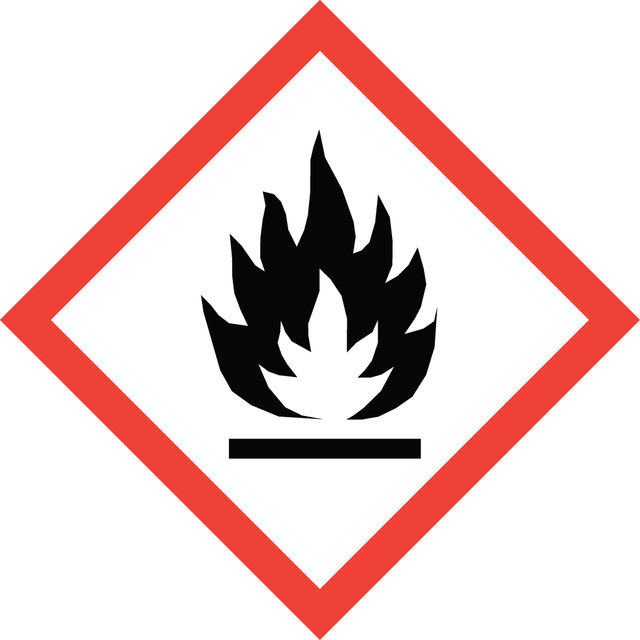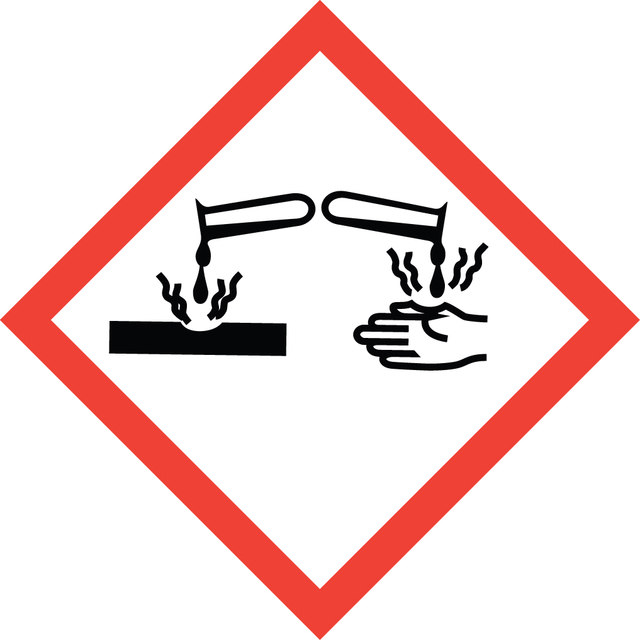Sign In to View Organizational & Contract Pricing
Select a Size
About This Item
Linear Formula:
Li
CAS Number:
Molecular Weight:
6.94
EC Number:
MDL number:
UNSPSC Code:
12141803
PubChem Substance ID:
NACRES:
NA.23
Assay
99.9%
form
foil
manufacturer/tradename
Goodfellow 471-598-26
resistivity
9.446 μΩ-cm, 20°C
size × thickness
25 x 100 mm × 0.6 mm
bp
1342 °C (lit.)
mp
180 °C (lit.)
density
0.534 g/mL at 25 °C (lit.)
SMILES string
[Li]
InChI
1S/Li
InChI key
WHXSMMKQMYFTQS-UHFFFAOYSA-N
Looking for similar products? Visit Product Comparison Guide
Related Categories
General description
Lithium (Li) is a highly reactive alkali metal known for its lightweight and electrochemical properties. This product is available in foil form and has a resistivity of 9.446 μΩ-cm at 20°C. With an assay of 99.9%, lithium is characterized by its low melting point of 180 °C and a density of 0.534 g/mL at 25 °C. Lithium is extensively utilized in the production of rechargeable lithium-ion batteries, which power a wide range of electronic devices, including smartphones, laptops, and electric vehicles. Its lightweight nature and high energy density make it an ideal choice for energy storage applications. Additionally, lithium compounds are used in the manufacturing of ceramics, glass, and lubricating greases, enhancing their thermal and mechanical properties.
Application
- A retrospective on lithium-ion batteries: This article reviews the contributions in the development of lithium-ion batteries, discussing inspirational insights to guide future breakthroughs in battery technology (J Xie, YC Lu, 2020).
- Guidelines and trends for next-generation rechargeable lithium and lithium-ion batteries: This review discusses the limitations of commercial lithium-ion batteries and explores the directions for next-generation batteries (F Wu, J Maier, Y Yu, 2020).
- Prospects for lithium-ion batteries and beyond—a 2030 vision: This article explores the future of lithium-ion batteries and discusses current strategies to improve these and next-generation battery technologies (CP Grey, DS Hall, 2020).
- Lithium brines: A global perspective: This study offers a global perspective on lithium brines, discussing the critical and technologically important roles of lithium, which is in increasing demand (LA Munk, SA Hynek, DC Bradley, D Boutt, K Labay, 2016).
Legal Information
Product of Goodfellow
Signal Word
Danger
Hazard Statements
Precautionary Statements
Hazard Classifications
Skin Corr. 1B - Water-react 1
Supplementary Hazards
Storage Class Code
4.3 - Hazardous materials which set free flammable gases upon contact with water
WGK
WGK 1
Flash Point(F)
Not applicable
Flash Point(C)
Not applicable
Regulatory Information
新产品
This item has
Choose from one of the most recent versions:
Already Own This Product?
Find documentation for the products that you have recently purchased in the Document Library.
S J Edwards et al.
Health technology assessment (Winchester, England), 17(54), 1-190 (2013-11-29)
Patients with treatment-resistant depression (TRD) are those with major depressive disorder that has not responded adequately to treatment. The causes of depression are not fully understood, although there is evidence to suggest that depression is a complex interaction among biological
Jian Liu et al.
Chemical communications (Cambridge, England), 47(47), 12578-12591 (2011-08-25)
Yolk/shell or 'rattle-typed' nanomaterials with nanoparticle cores inside hollow shells are interesting among the complex hollow nanostructures. Yolk/shell nanoparticles (YSNs) are promising functional nanomaterials for a variety of applications such as catalysis, delivery, lithium-ion batteries and biosensors due to their
P Sienaert et al.
Journal of affective disorders, 146(1), 15-33 (2012-09-05)
Throughout the past decades, several methods have been developed to achieve therapeutic lithium blood levels as quick and safe as possible. The present study will systematically review the methods developed and studied for lithium dose estimation or level prediction at
Jiehua Liu et al.
Advanced materials (Deerfield Beach, Fla.), 24(30), 4097-4111 (2012-04-17)
Two dimensional nanoarchitectures are of great interest in lithium storage for energy-storage devices, in particular lithium-ion batteries, due to its shortened paths for fast lithium ion diffusion and large exposed surface offering more lithium-insertion channels. Their competitive lithium-storage features provide
Xiangbo Meng et al.
Advanced materials (Deerfield Beach, Fla.), 24(27), 3589-3615 (2012-06-16)
Lithium-ion batteries (LIBs) are used widely in today's consumer electronics and offer great potential for hybrid electric vehicles (HEVs), plug-in HEVs, pure EVs, and also in smart grids as future energy-storage devices. However, many challenges must be addressed before these
Our team of scientists has experience in all areas of research including Life Science, Material Science, Chemical Synthesis, Chromatography, Analytical and many others.
Contact Technical Service
